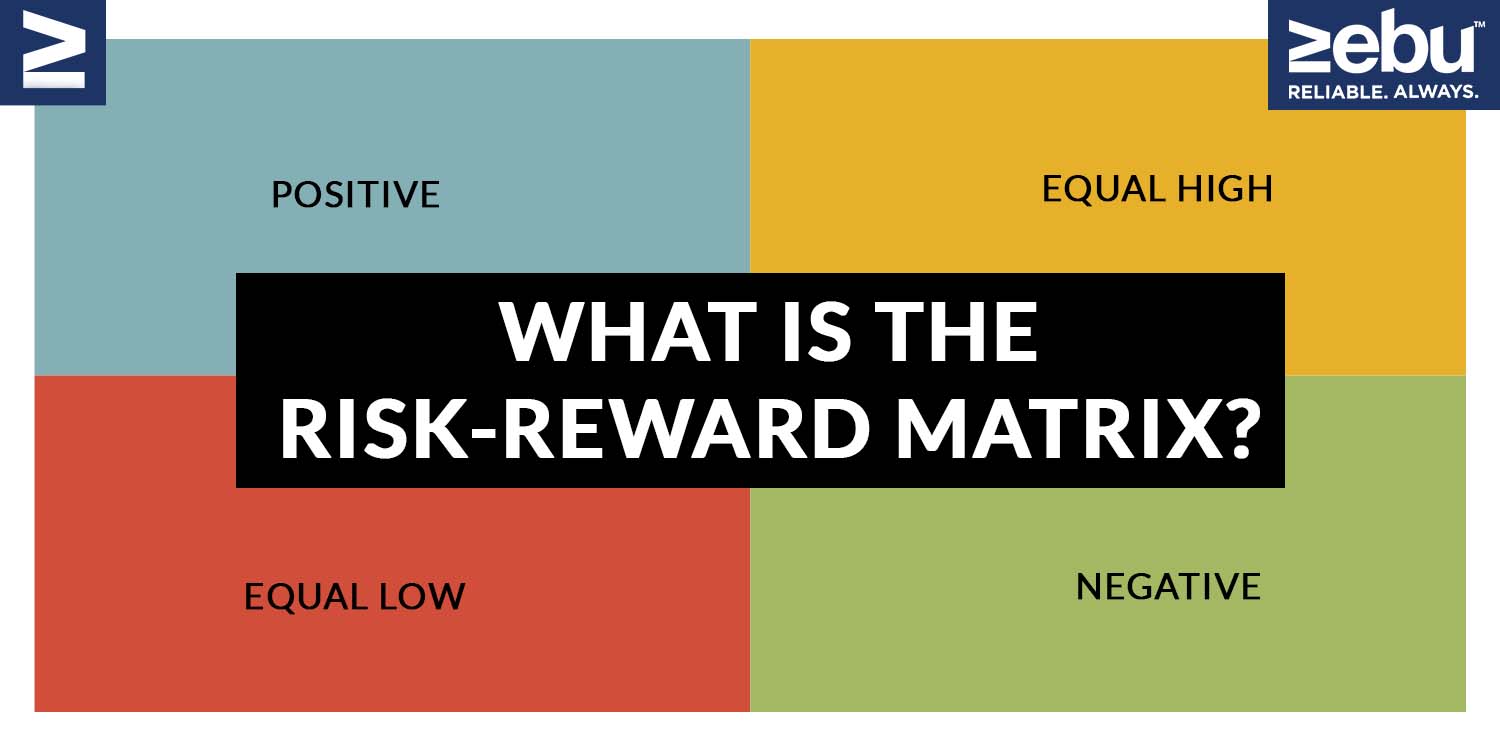
One of the most important steps in safeguarding your financial future is creating a long-term portfolio. You may reach your investing objectives, such as retirement savings, house ownership, or funding a child’s education, with the aid of a well-constructed portfolio. But creating a prosperous long-term portfolio necessitates carefully taking into account a number of essential criteria.
Investment Objectives: Choosing your investment objectives is the first stage in creating a long-term portfolio. What do you hope to accomplish with your investments? Do you wish to make money, accumulate riches, or protect your money? You’ll be better able to choose the assets for your portfolio if you have defined financial goals.
Before constructing a long-term portfolio, it’s critical to be aware of your risk tolerance. How much danger are you prepared to accept in order to meet your financial objectives? A portfolio with a larger percentage of bonds may be preferred by a risk-averse investor, whilst a portfolio with a higher percentage of stocks may be preferred by an aggressive investor.
Time Horizon: When creating a long-term portfolio, it’s crucial to take into account how long you want to retain your investments. While a shorter time horizon could need a more cautious investment approach, a longer time horizon allows you to take on more risk and achieve larger returns.
Asset Allocation: The practise of distributing your portfolio among several asset classes, such as equities, bonds, real estate, and commodities, is known as asset allocation. Your investing objectives, level of risk tolerance, and time horizon will all affect the optimal asset allocation. Your asset allocation should be routinely reviewed and modified as your objectives and risk tolerance evolve.
Diversification: Spreading your investments over several asset classes, industries, and geographical areas is the practise of diversification. You may lower your chance of suffering big losses from market volatility by diversifying your portfolio. Even in the face of market volatility, a well-diversified portfolio will assist to guarantee that you reach your investing goals.
Cost Control: Over the long run, charges related to investing, such as brokerage fees, management fees, and taxes, can chip away at your profits. It is crucial to take into account investment costs and look for ways to reduce them, such as purchasing inexpensive index funds or negotiating cheaper brokerage fees.
Tax Planning: When creating a long-term portfolio, tax planning should be taken into account. You may reduce your tax liability and increase profits by being aware of the tax ramifications of your investments. Choosing tax-advantaged assets, such as Roth IRAs or individual retirement accounts (IRAs), or making investments in tax-efficient funds may be necessary to achieve this.
Investing goals, risk tolerance, time horizon, asset allocation, diversification, cost management, and tax planning are just a few of the important elements that need to be carefully taken into account when creating a long-term portfolio. You may create a solid and effective long-term portfolio that will assist you in reaching your financial objectives by taking the time to comprehend these elements and making educated judgements.








